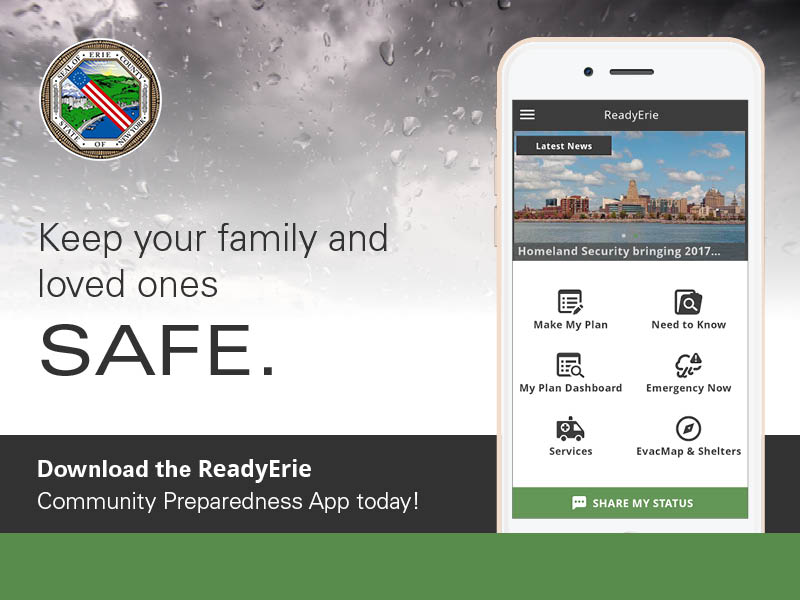Use the tips below to prepare your food supply for an emergency.
Prep on a Budget
Your Budget is Important
You do not need expensive dehydrated meals or huge bins of grains to survive. There are ways to save money while creating your emergency supply, including the following.
- Add one or two items to your shopping list, per week. Canned goods are very affordable, but some snack foods and high energy foods are not. Consider stocking more expensive items over time to save cash.
- Look for deals on bulk items and shop with a buddy. Bulk buying cases of can goods, granola bars, nuts, and soup can save money. Shop with neighbors and family to prepare together.
- Visit your local pantry. When your budget is too tight, a food pantry can help.
- Learn to can. Learning to preserve food can help maximize your food budget all year long. Fresh food is cheapest during the growing season. Purchase extra produce in summer and preserve it for winter. Be sure to follow good canning practices to make sure your food is safe to eat. Resources for learning about canning are available at your local library.


Script Tip:
To build an emergency supply of your regular prescription medicines, order your refill ahead. Most insurers, including Medicare plans, will allow you to order your refill up to 5 days ahead of time. Do this twice and you will always have a 10-day surplus of medicine on hand.
Printable Downloads
Power Outage Preparedness and Response
Prepare Your Pantry Brochure (PDF English)
Prepare Your Pantry Brochure (PDF Spanish)
Prepare Your Pantry Brochure (PDF Bengali)
Prepare Your Pantry Brochure (PDF Burmese)
Things To Consider
Diet
Think about the amount of food you would normally eat in a day and plan potential meals accordingly. One can of pasta or beans will not feed five people.
Cooking
- When the power is out, electric stoves will not work. Some gas stoves have emergency shut off features that will not allow the burner to light without power.
- Canned goods, including vegetables, fruits, pasta, tuna fish, baked beans, and soups do not need to be heated to be safe to eat.
- Introduce emergency foods to children and picky eaters sooner to learn what your family prefers.
- Keep recipes ready on paper.
- Consider buying a camping stove or Sterno (jellied denatured alcohol) to use to heat food and beverages. Add matches to your supply list. Camping stoves are not safe to use indoors.S
Equipment
Keep equipment on hand that is dedicated for emergency use, only. Canned goods will not work if your can opener is broken or missing.
- Heavy duty handheld can opener
- Paper products: plates, bowls, napkins, cups
- Cleaning supplies & paper towels
Shelf Life
Two simple ways to keep your pantry stocked:
- Review and restock emergency pantry items along with your regular grocery shopping.
- Review and restock emergency pantry items once or twice a year. Look for items with a shelf life. Track restock dates with your calendar.
Food Safety
Foods in your refrigerator are at risk of spoiling when power goes out. Note the time you lose power and keep refrigerator doors closed as much as possible.
- Eat foods that can spoil first.
- If power is restored within four hours, everything should be safe to eat.
- A full freezer will stay frozen for around two days if the door remains closed. A less full freezer will stay frozen for about one day.
- If the temperature in your refrigerator rises above 45F, discard things like meat, poultry, fish, dairy, eggs, soft cheeses, and cooked foods first.
- When in doubt, throw it out. Do not risk sickness.
- Print this food safety chart for power outages.
Specialty Food
- Elders and people on special diets may not be able to consume regular canned goods.
- Family members with chronic illness like diabetes or diverticulitis may need special foods.
- Look for low sodium options and keep extra water on hand for rinsing canned food.
Baby Formula
- Do not try to make baby formula at home.
- Do not water formula down.
- Keep a 10-14 day supply on hand if you can.
- For more information, visit https://www.hhs.gov/formula/index.html.
Caffeine & Alcohol
- Limit caffeine and alcohol during stressful times.
- Keep non-caffeinated non-alcoholic beverages on hand, in addition to water, to ensure hydration.
Checklist
Bottled Water
One gallon per person per day plus extra for washing
Ready-To-Eat Canned Foods
Vegetables
Fruits
Meat
Fish: tuna, salmon
Poultry
Beans: whole, refried, baked Pasta: SpaghettiOs
Soup: Hearty soups & stew
Juice: 100% fruit & vegetable
Applesauce
Milk & Milk Alternatives
Single serve shelf-stable brick packages
Powdered
Canned
High Energy Foods
Peanut butter
Jelly
Nuts
Dried meat (jerky)
Granola & cereal
Trail mix
Energy bars
Staples
Sugar
Salt
Spices, seasoning, pepper
Instant coffee, tea, cocoa
Candy
Hard candy
Chocolate
Infant & Small Children's Needs
Baby food
Formula
Pouches
Snacks
Simple To Prepare Foods
Instant potatoes
Dehydrated food
Powdered eggs
Pet Food
Food
Water
Medicines
Treats
This checklist was adapted from www.dhses.ny.gov/emergency-happens
Looking for other shopping tips?
Visit the shopper/consumer resources page.
Related Programs and Information
- ReadyErie Preparedness App – free app for Erie County residents to make and share emergency plans, as well as receive information from Erie County during emergencies
- Erie County Medical Reserve Corps (ECMRC) - Erie County, New York's volunteer public health emergency response organization
- Public Health Preparedness & Emergency Medical Services (EMS)